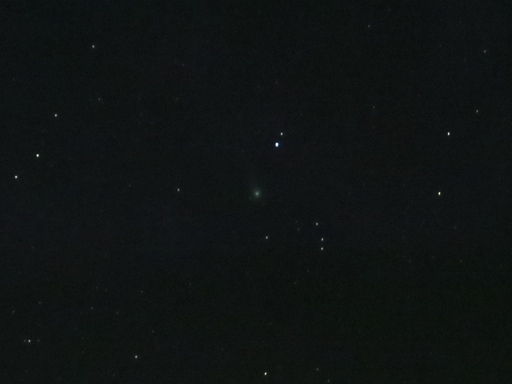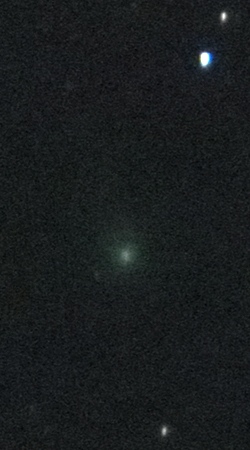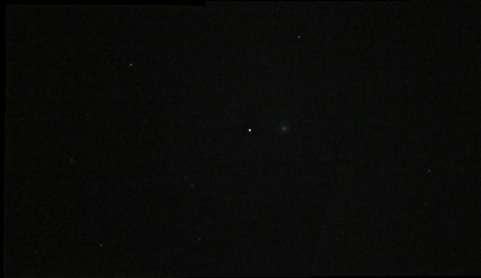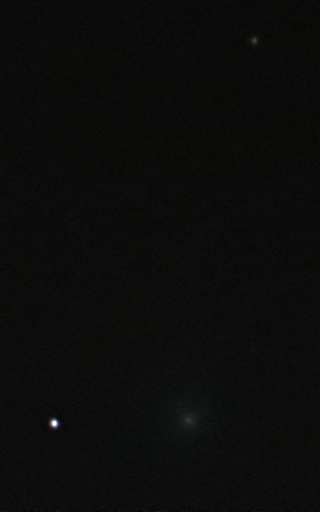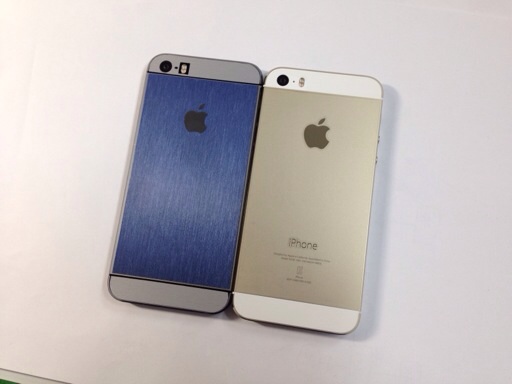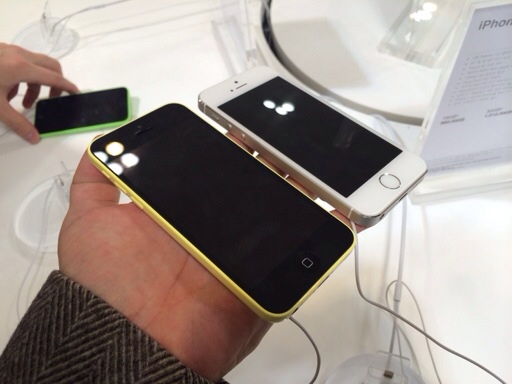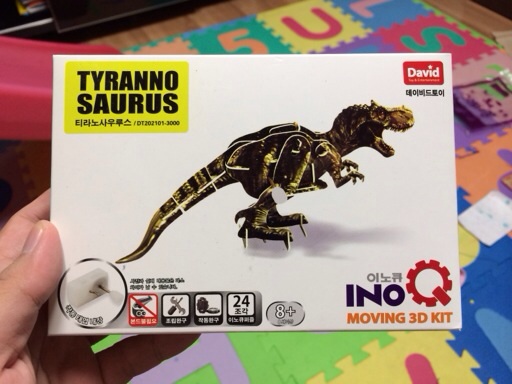Comet Lovejoy with camera hack
Posted by Wesley onA picture of a comet does not seem complete without a tail, and this was not apparent in my first attempt. A long-exposure photo is needed to bring this feature out, but three problems get in the way. One, stars move, so unless I have an expensive tracker installed, I would get streaks instead of dots, especially at high zoom. Two, Canon SX50 HS limits maximum exposure to 1 second for any settings beyond ISO 80. Three, light pollution whitens out long exposures.
The camera's limitation would need to be overcome first to determine how much I can push the other two issues. To do this, I ran CHDK on my camera, a hack that provides more features and removes limitations on top of the default firmware. I was able to easily take photos with 1-minute exposure at ISO 6400 with this. Sadly, this would yield a milky, unusable photo caused mainly by light pollution.
I experimented with the zoom and exposure settings, and determined that a 4-second exposure at ISO 2500 and around 10x zoom yielded not too much whitening or streaking of stars, while just about bring the tail of the comet into view. You can glimpse the tail shooting out at 11 o'clock direction. The noise makes it harder to discern it at 100% size, though.
For reference, the bright star at 1 o'clock direction of the comet is 57 Ursa Majoris (HR 4422; HD 99787), a 5.3 magnitude star in Ursa Major.
By the way, I did try to photograph comet ISON (C/2012 S1) with the same method, but the severe light pollution near the horizon basically washed any possible detail away. I should put the Baader Moon & Skyglow filter on next time if it can reduce this. If it works, then maybe I could catch the tail of comet Lovejoy better, although I still don't have much hope for comet ISON.
Settings: 278mm - ISO 2500 - 4s - f/5.6
Time: 2013-11-20 05:01 - 05:02 KST
Location: Suwon, Korea
25 photos stacked with RegiStax 6.1.0.8. Click the photo for 2x size.
